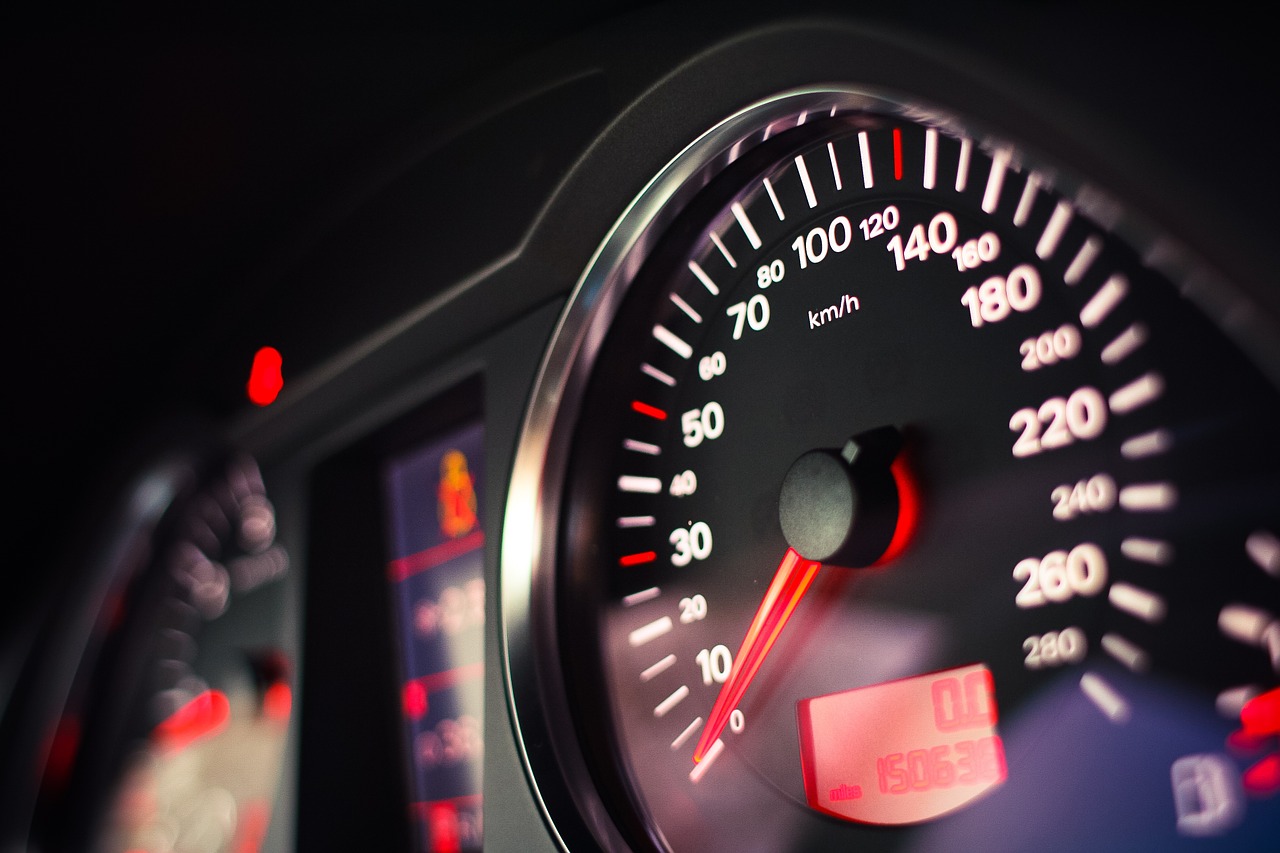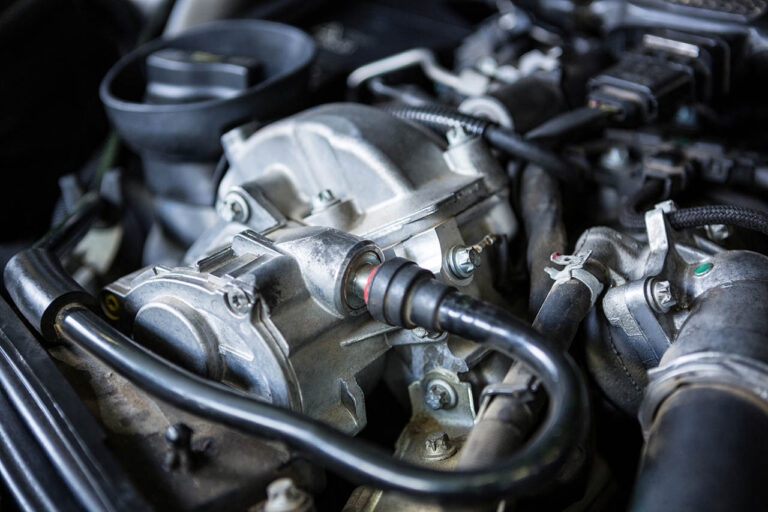We’ve all seen it. The orange engine icon which often turns up without any apparent reason. While it may seem like like a nuisance, it could actually be telling you something.
It’s wise to take notice, especially if the “check engine’ light does not go off and stays on, where – more than likely – there’s something inherently wrong with your vehicle.
We towed a lot of broken, stranded vehicles, and we’ve seen many a car issue. In our experience there are a number of common issues that a ‘check engine’ light could potentially be indicating, so in today’s articles, we aim to discuss the 5 most common underlying reasons for it going off.
A failure of the oxygen sensor
Also referred to as the O2 sensor of the car, the oxygen sensor primarily measures how much unburnt oxygen is there in the exhaust system of the car. Using the oxygen amount, it sends signals to the vehicle’s computer. This, in turn, regulates the air to fuel ratio that is entering the cylinder of the car.
In case your O2 sensor has gone haywire, other components of the engine such as spark plugs and catalytic converter may become damaged. On average, a good O2 sensor replacement will cost you around $200. However, the charges may vary.
A loosened gas cap
A loosened gas cap is one of the most common reasons why the check engine light does not go off and stays on. The gas cap is one of the most crucial elements of the delivery system in a car. Primarily, it prevents the gasoline from leaving the tank in the form of fumes, allowing the entire system to stay at the required pressure.
Failure of the catalytic converter system
A catalytic converter exists in the exhaust system of a vehicle. The prime aim of this piece of equipment is to convert the carbon monoxide into carbon dioxide. While this part is quite a simple one, its failure may also result in a check engine light.
A new catalytic converter may set you back by $200 to $600 depending on the model, and its make. Almost every car that has been manufactured about a decade or more ago, has a catalytic converter fit inside it.
Spark plug coil problems
The prime aim of the spark plug coil, also known as the ignition coil, is to generate enough electricity so as to ignore the air to fuel mixture that is present in the cylinder. While classic cars make use of a single coil ignition system, many modern cars make use of a single coil per cylinder.
In case any of these coils go wrong, a ‘check engine’ light may pop up and will not go off until the coils are replaced/repaired.
Failure of the mass airflow sensor
The failure of the mass airflow sensor is yet another common reason for the ‘check engine’ light to turn on. The prime duty of the mass airflow sensor is to monitor the amount of air entering the system. Without its proper function, it will not be possible for a car to adjust itself based on the changes in altitude.
Get It Checked Today
So if the light comes on, and stays on – take care of it.
Doing so could save you huge money including towing and repair costs you could have saved if you had identified the problem earlier on.
Thanks again for reading and drive safely…Carl



